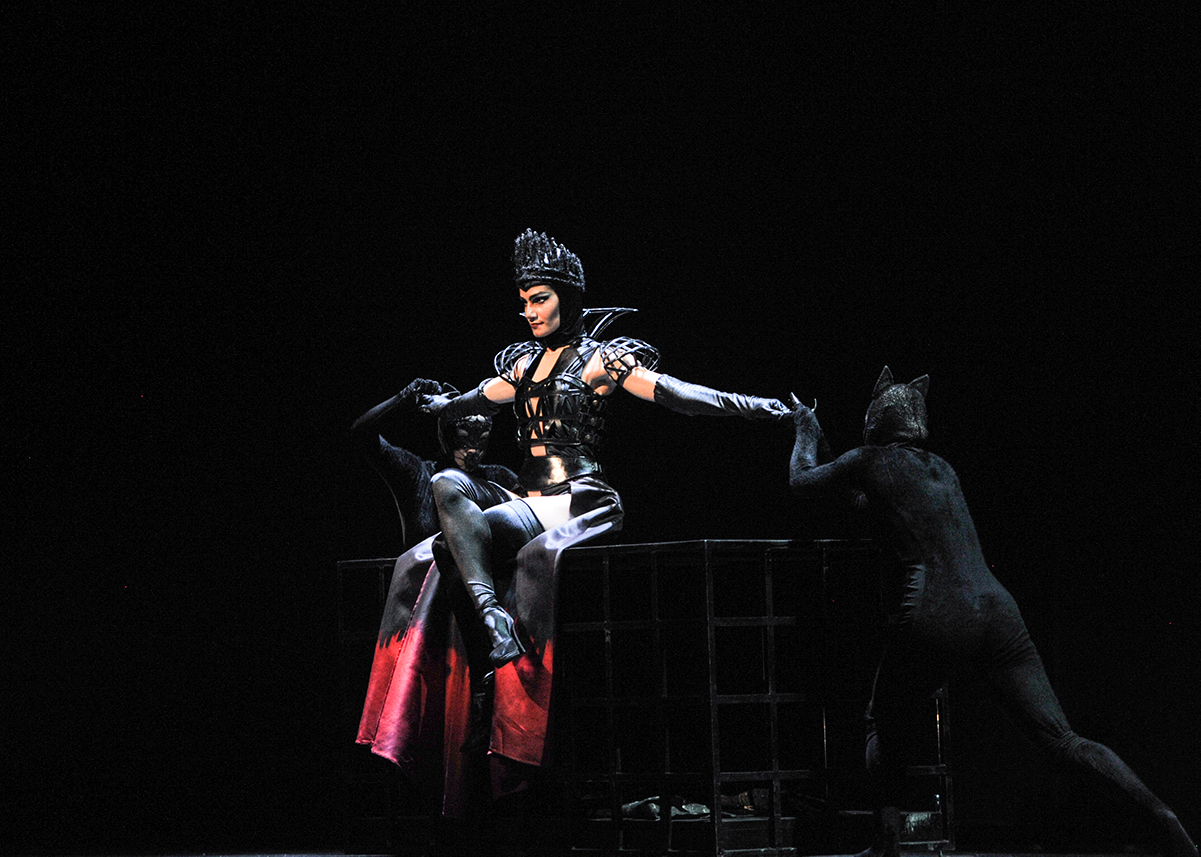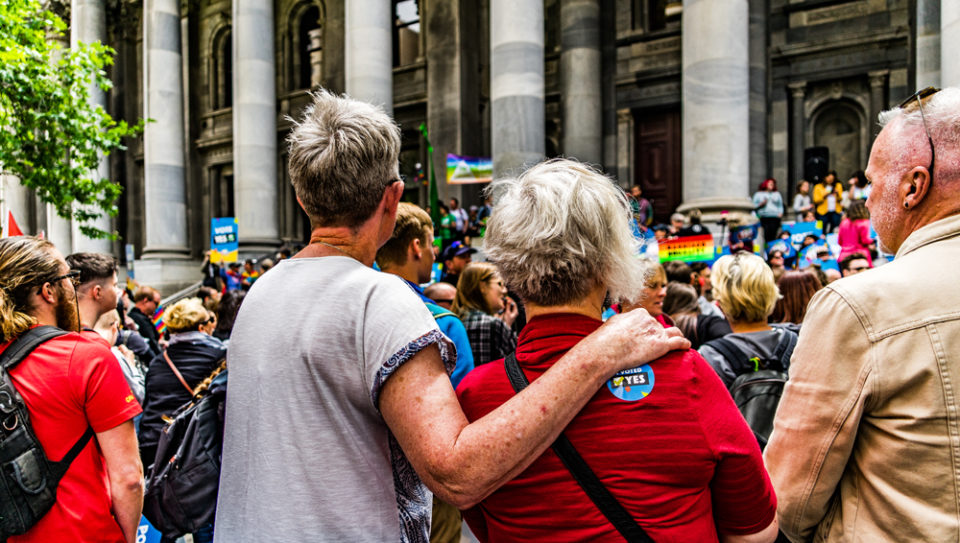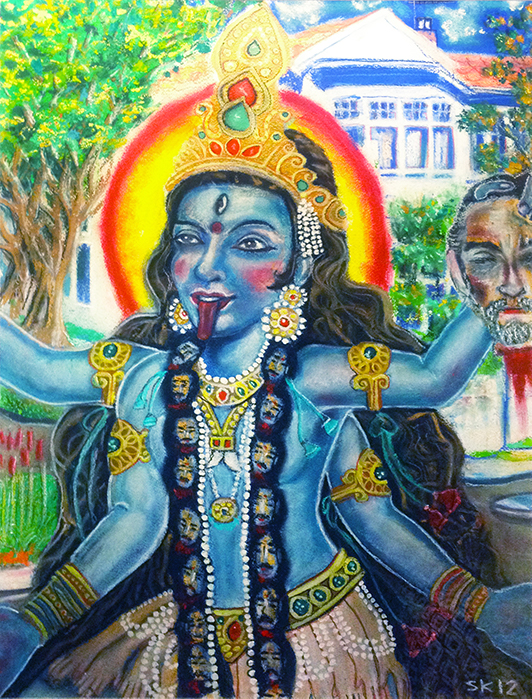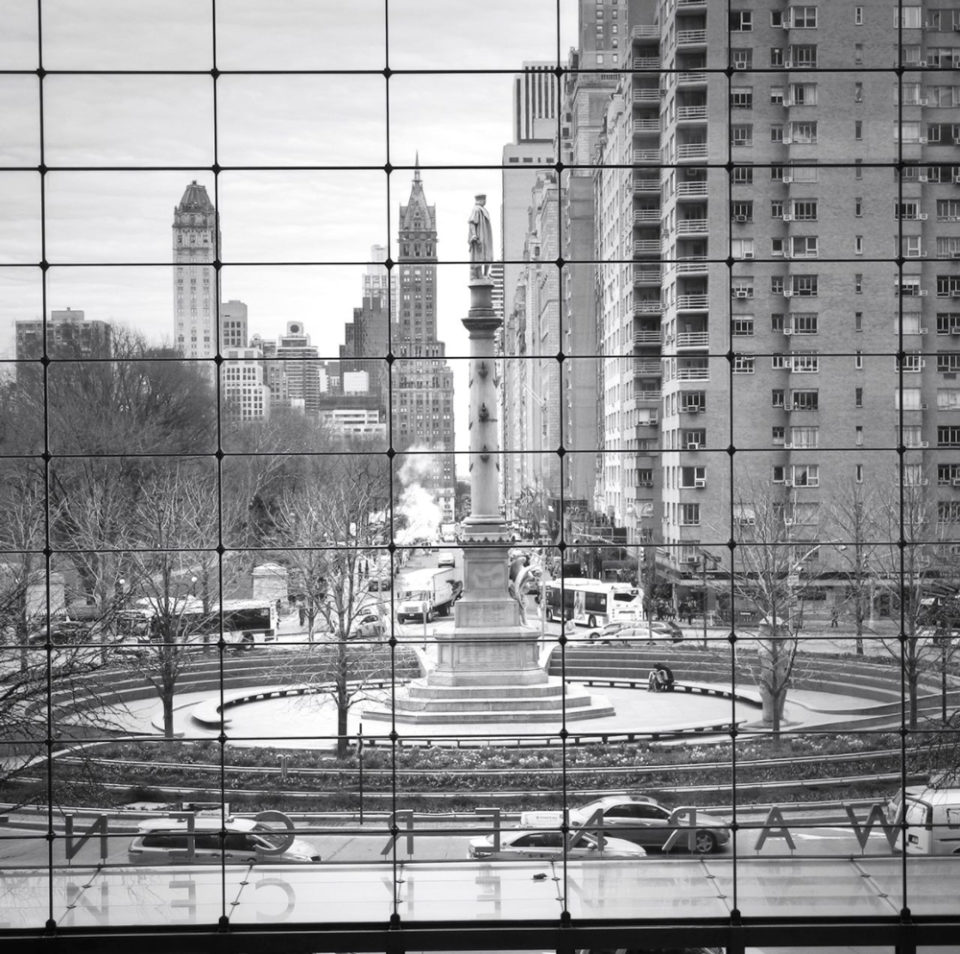You’re a teenager and your mother is dead. Your father marries a narcissist who hates you for your beauty…
… She sends an assassin to kill you; he can’t see it through and cuts you loose. You run deep into the woods where it is damp and dark, you who have grown up with servants and glowing fireplaces. You meet seven strange little men who want you to be their maid, and you agree, princess though you are, and they let you get on with it without even making a pass at you. Your stepmother comes after you – want something done right – and twice tries to kill you. The little men stop her. You are stuck in the small house where you clean and wait. The third attempt on your life comes and you are poisoned. Your heart freezes. The little men lay you out in a glass coffin and mourn, though you don’t see this. You see nothing but darkness until a prince wakes you with a kiss you didn’t ask for and whisks you away to be his bride. You are still sleepy. At the wedding, your stepmother appears and rants at the guests. Your prince has her captured and forced into a pair of red-hot iron shoes, which make her dance until she dies on her feet. Through this, you stand back and watch and say nothing. You wonder where he got the shoes.
Snow White is a strange story. A German fairy tale published by the Brothers Grimm in 1812, it is full of dark twists and turns, sorcery, loaded symbols. Why, then, do we come back to it over and over and again?
Angelin Preljocaj is speaking to me from Aix-en-Provence, where his world-renowned contemporary ballet company is based. French, but of Albanian origin, Preljocaj is softly-spoken and deferential, apologising repeatedly for his (excellent) English. His radical retelling of Snow White will be performed over one week at the Opera House this June. To him, the story has never been more relevant.
“Actually, I think it’s very modern. With the progress of the medicine, of surgery esthétique, things have changed in the last hundred years. A woman of 50 is now very young and well-preserved. Because of that, we can see this woman walking with a daughter of 18 – and they are both very beautiful, full of beauty.”
Preljocaj is fascinated by the symbolism and psychological complexity of Snow White. Does he think, then, that modern mothers want to kill their daughters?
“There is the desire unconscient – perhaps not physically to kill, but to avoid the daughter because she is like an enemy. These days women all want to be not just a mother, but all other things. Impassioned by work. Still to be in love. When you are a mother, it is not that everything stops. In many ways, this is normal and good, but it can be bad. That’s why I think Snow White is so interesting.”
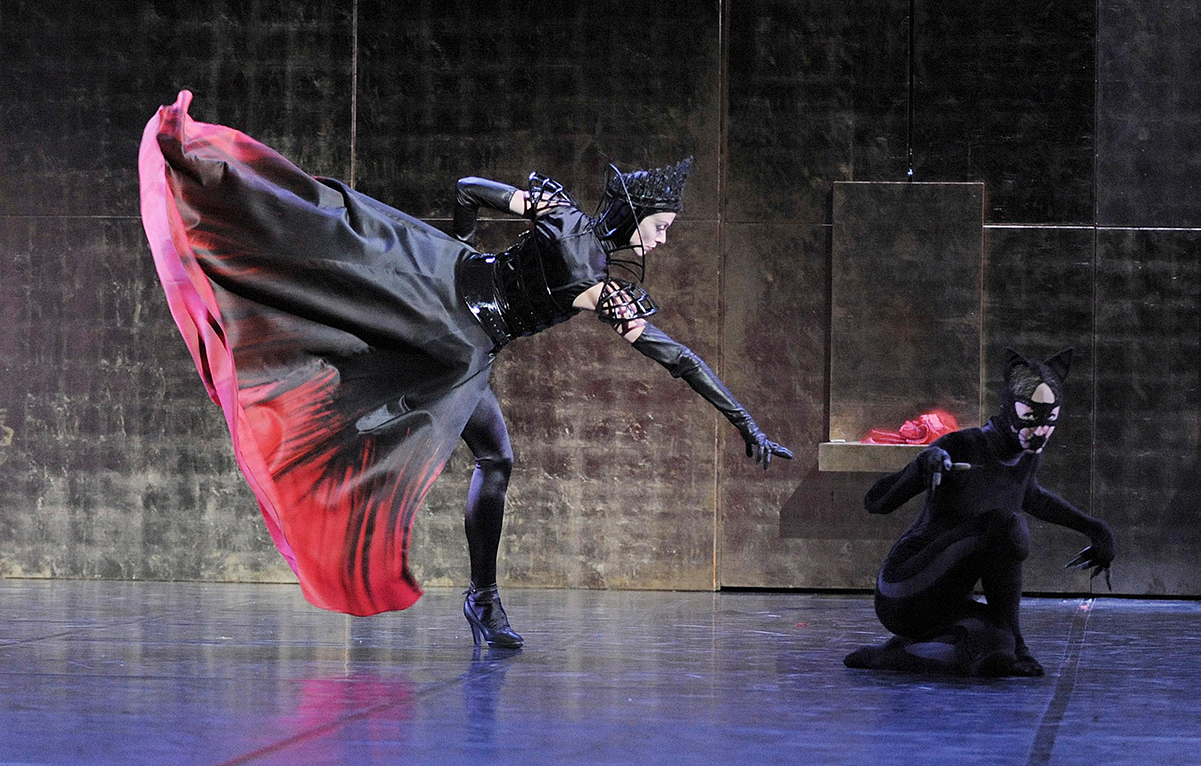
Photography by Jean-Claude Carbonne
The stepmother is the burning heart of Preljocaj’s Snow White. Fiercely sexual, couture-clad, manipulative. At the same time, she is a tragic figure because what she seeks – youth, beauty, romantic love – must inevitably retreat from her. She is doomed. The final scene sees her forced to dance to her death, in punishment for her cruelty to the innocent stepdaughter. It is brutal. Does she deserve this?
No, says Preljocaj – nothing is so simple. “She is a woman who wants to stay alive: in society, in the world, in love. She is psychologically complex.”
Did he consider, then, softening this sharp edge of the Grimm’s telling? Almost abashed, Preljocaj admits that he could not turn away from the stepmother’s final, frenzied dance. “The brothers created something very seductive for a choreographer when they wrote this ending.”
While Snow White seems less potent in Preljocaj’s imagination, the relationship between the two women is more significant.
“There is the scene with the apple. This is bizarre – it is like an inverse love story. The dynamic between the two women is both tragical and sensual in this moment.” At the end of the scene, there is no compromise; stepmother dominates and forces the apple down Snow White’s throat.
Preljocaj is a collaborative artist by nature, and his ballet is a triumph of shared inspiration. Costumes are designed by Jean Paul Gaultier and are not for the faint-hearted, giving us a Snow White both infantile and alluring, and a stepmother who is pure dominatrix in stilettos and leather. Ten years after they began work together on the project, Preljocaj sounds like he still can’t believe his luck. “Jean Paul was incredible, prolific. We had the first meeting, I explained my idea and he was very excited. After just one week, he sent me 200 drawings. And most of the production was already there in these drawings – we just had to choose.”
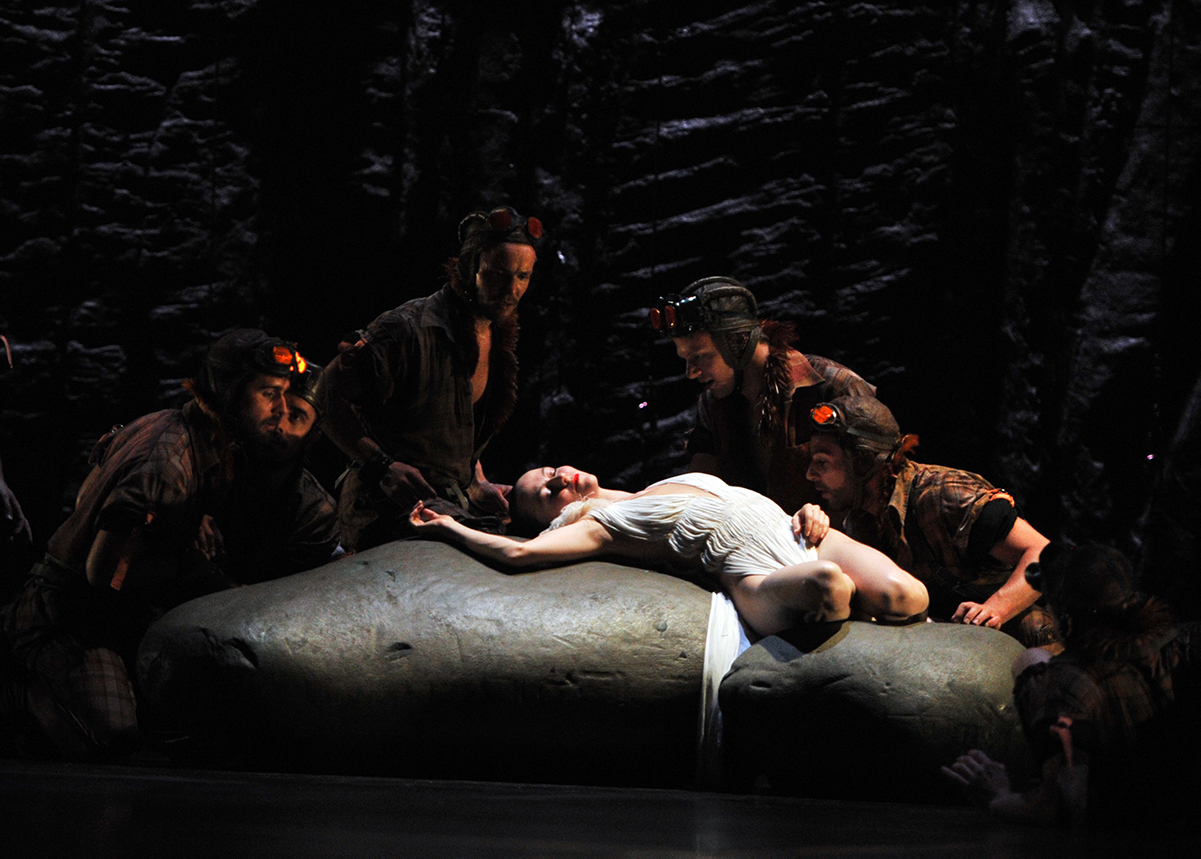
Photography by Jean-Claude Carbonne
The production set is designed to shift almost instantly, without breaking the rhythm of the story. It features a mountainside wall from which the miner dwarves emerge from holes, leaping and arcing like enchanted abseilers.
When he speaks of his dancers, Preljocaj’s soft voice softens further. “I’m not looking for a dancer; I’m looking for a person who dances very well. It is very particular. I’m looking for the person first.”
“My idea is that each company is like a bouquet – a flower composition. Sometimes it is just a huge composition of roses. But my company is roses, peonies, even some wild flowers.” It is intensity and precision that characterise these dancers and this, alongside Preljocaj’s intelligent use of abstract movement, lifts the work from pantomime to art.
Preljocaj’s Snow White is not for children. It is a story about grown-ups, for grown-ups, told by performers who speak with their bodies. In its strangeness, the story captures us. In its exploration of the dark traps of desire, it holds a mirror to all our human parts: white as snow, red as blood, black as ebony.
Ballet Preljocaj’s Snow White is at the Joan Sutherland Theatre, Sydney Opera House, Wednesday 6 June to Sunday 19 June 2018. Tickets $59 + booking fee.


